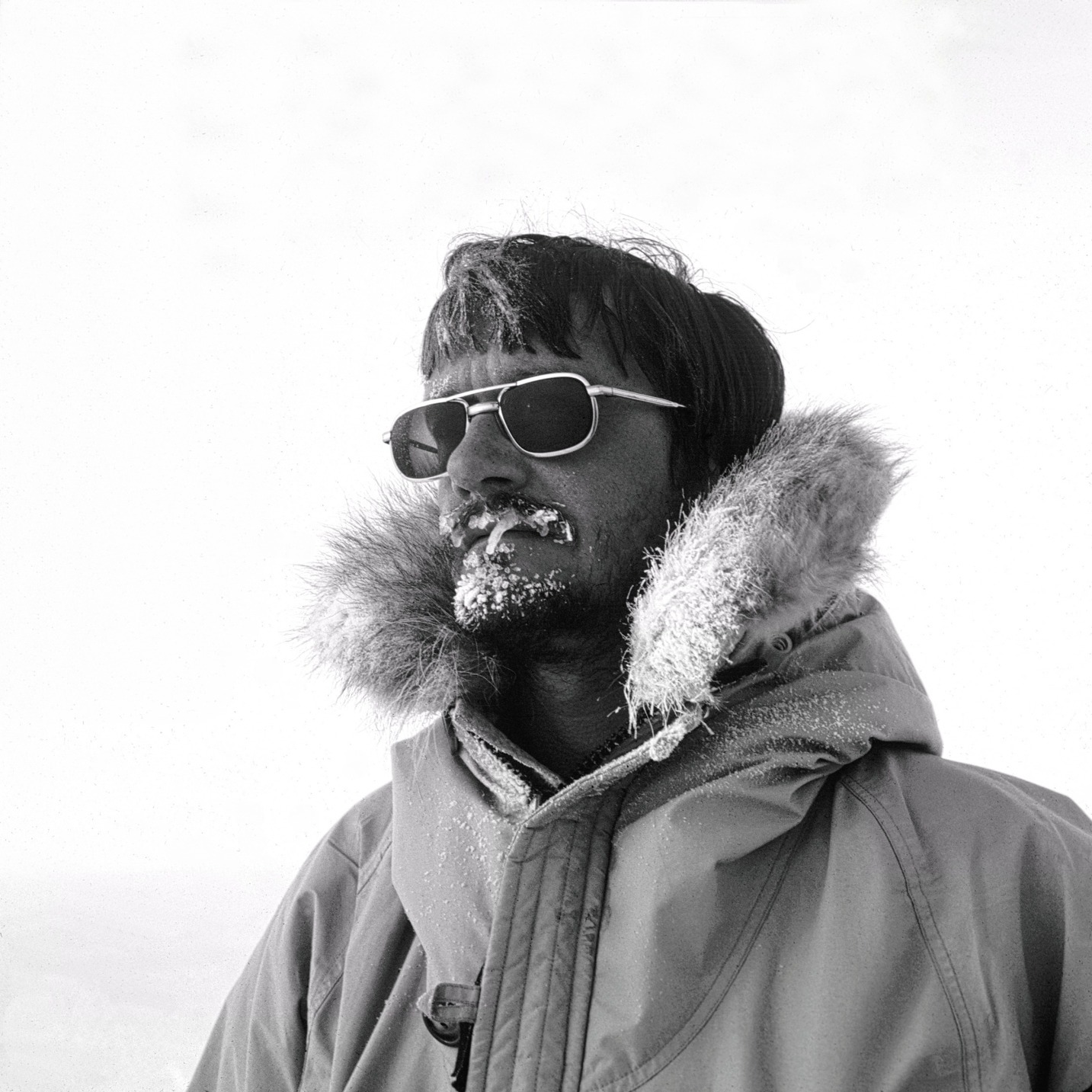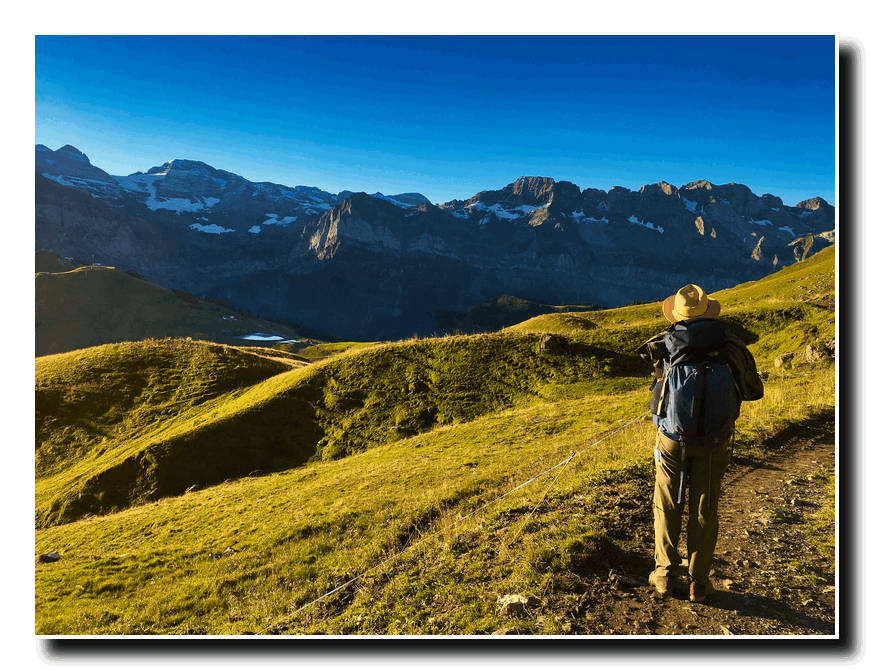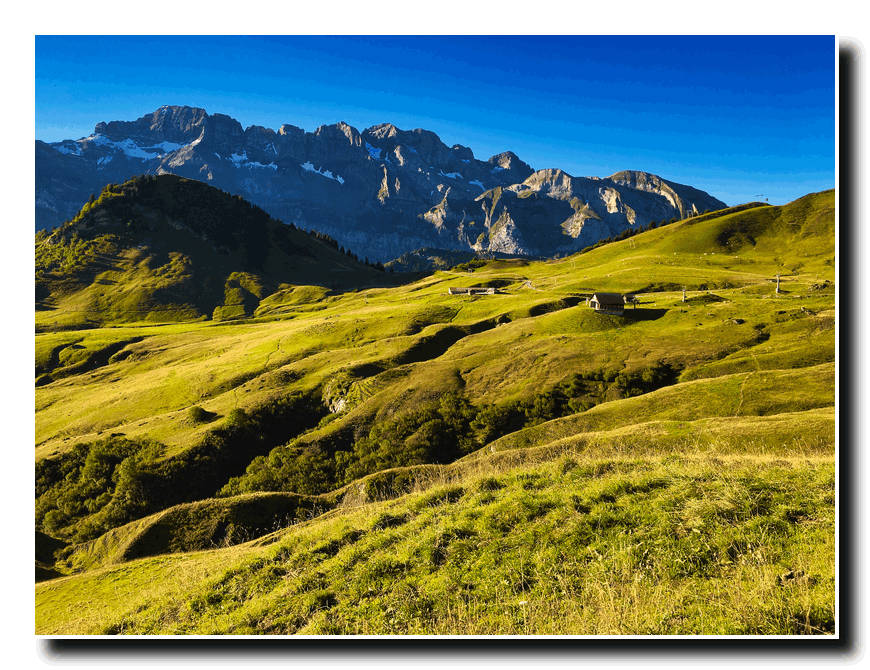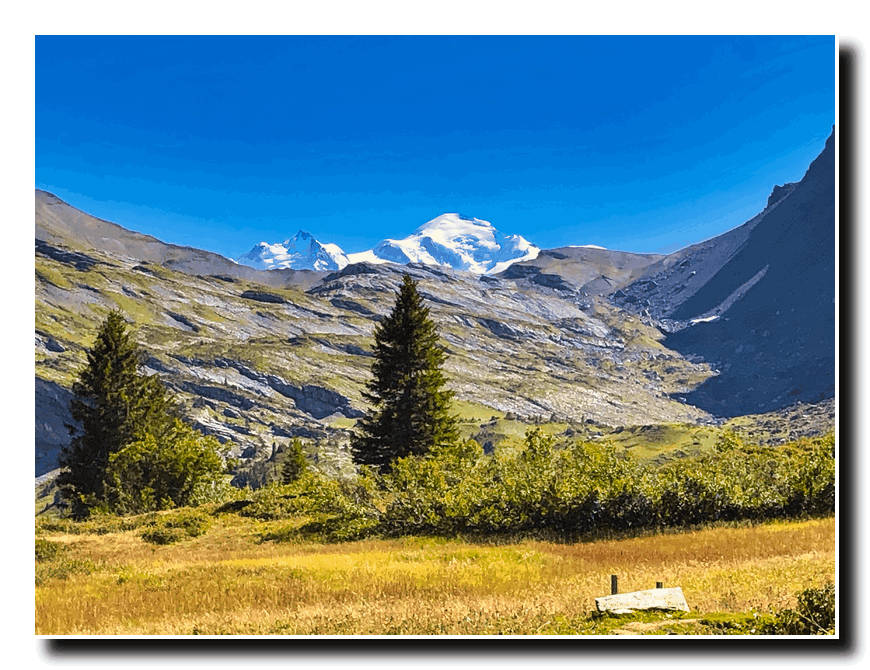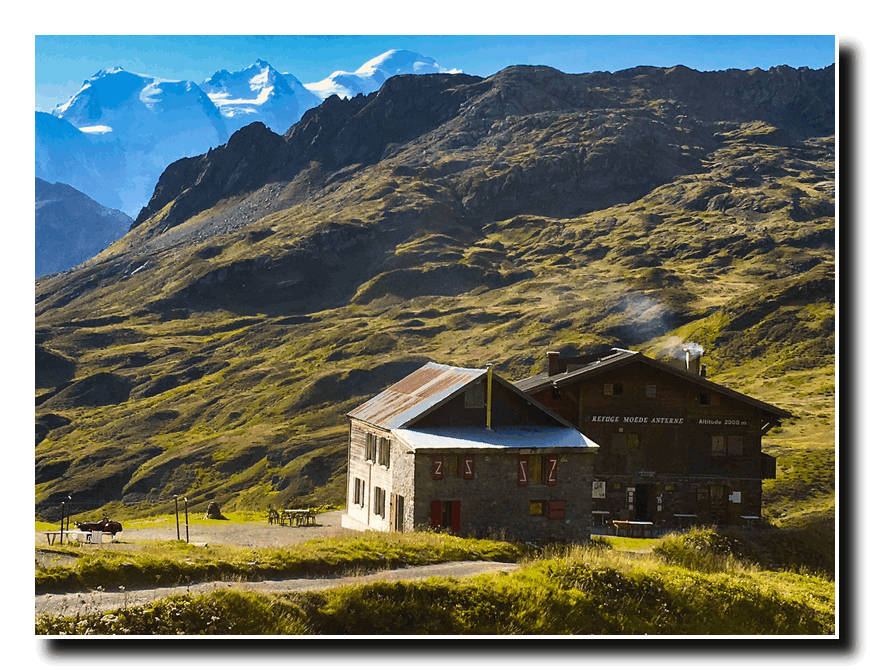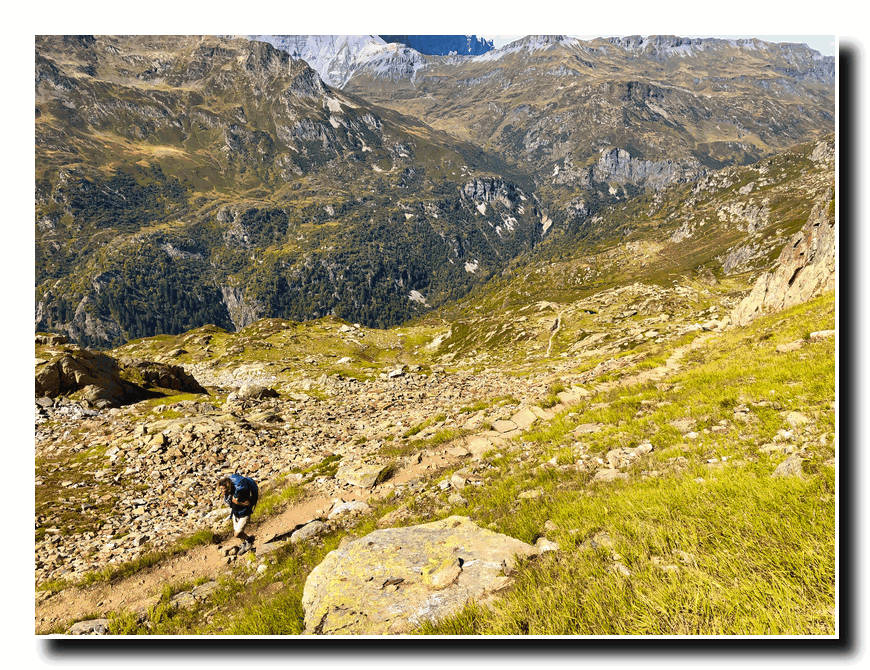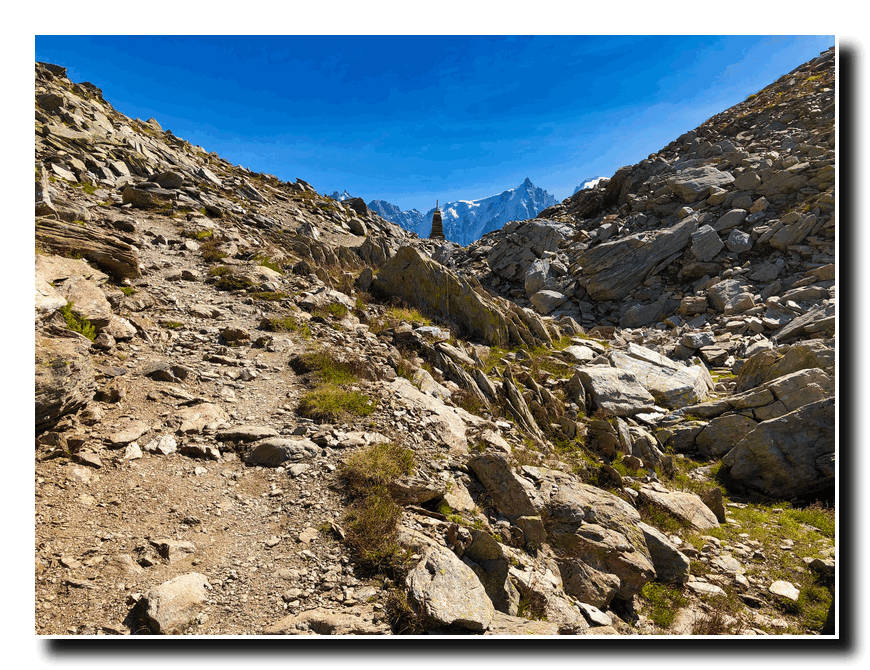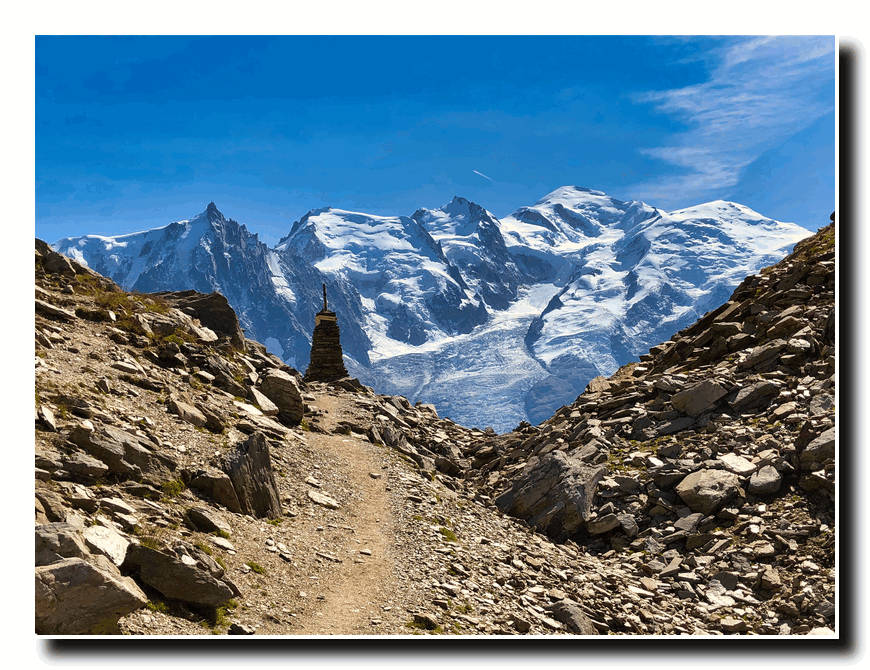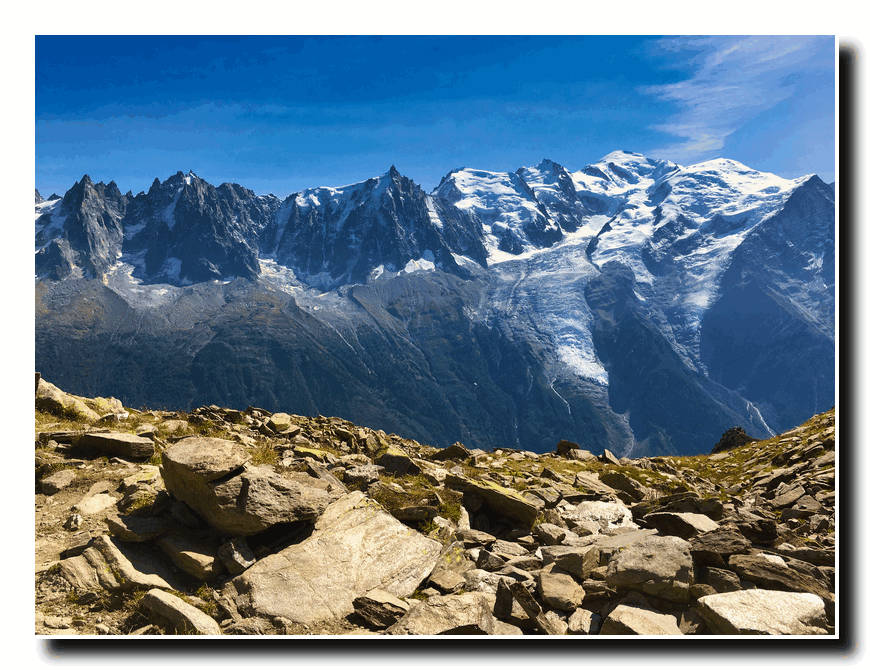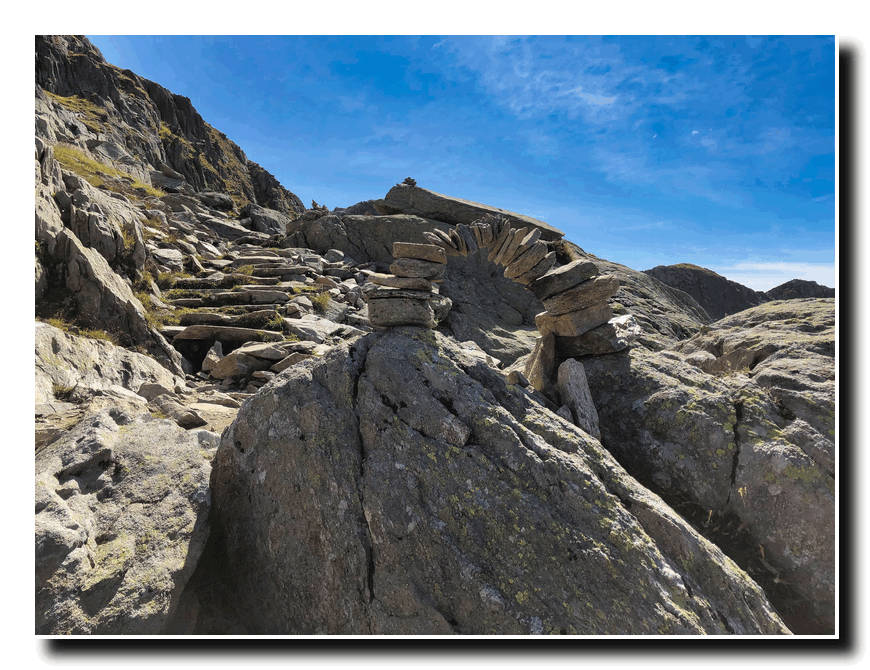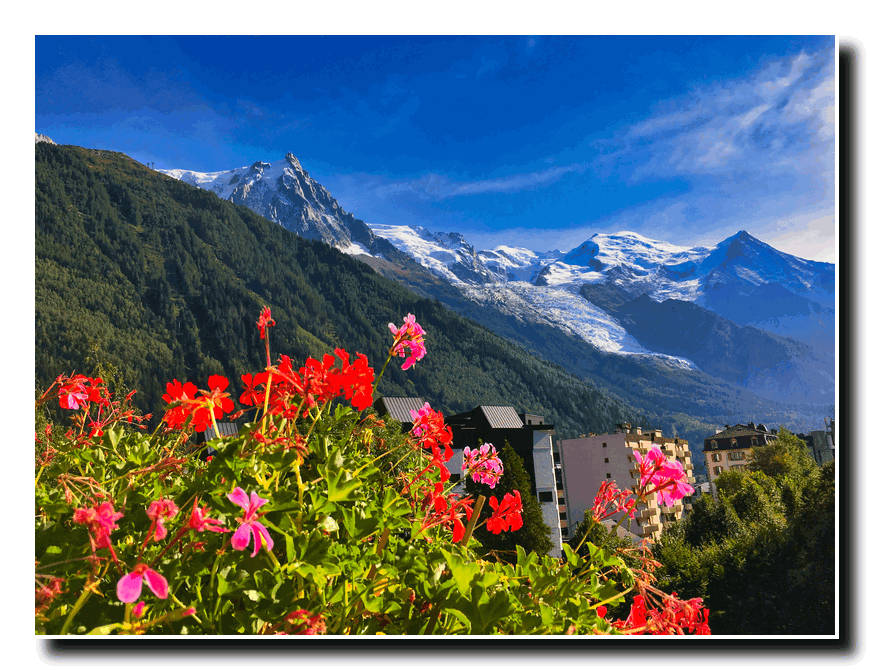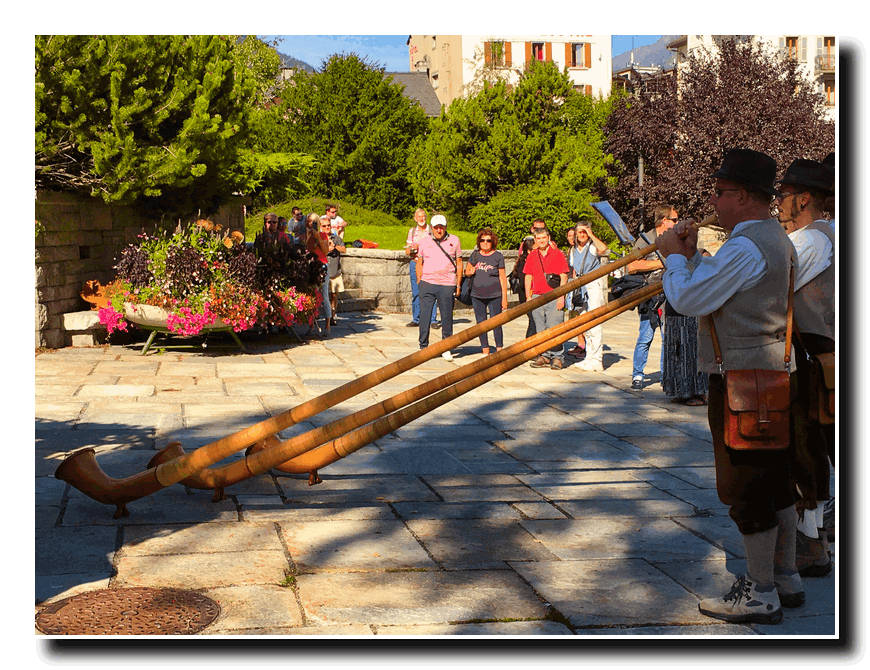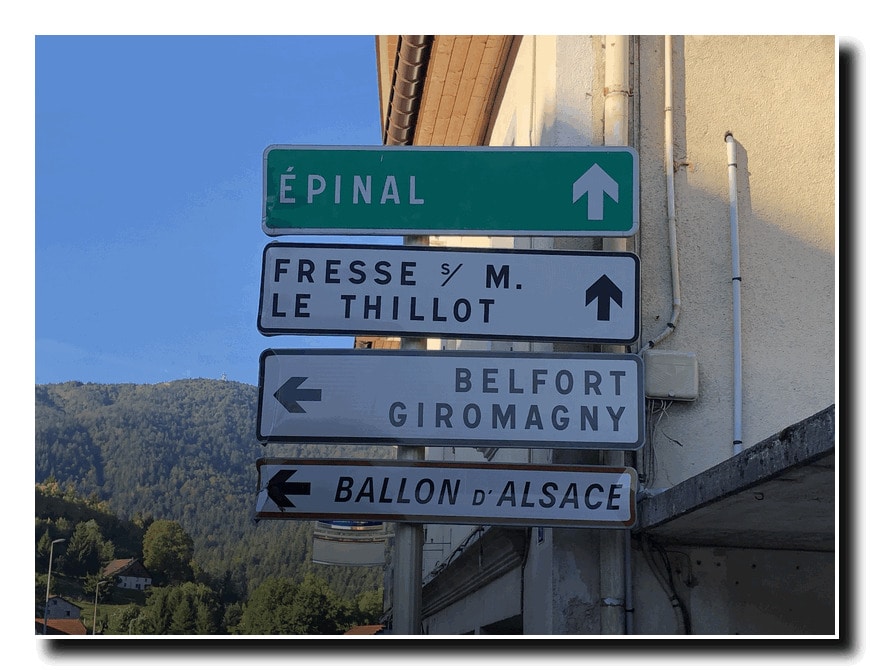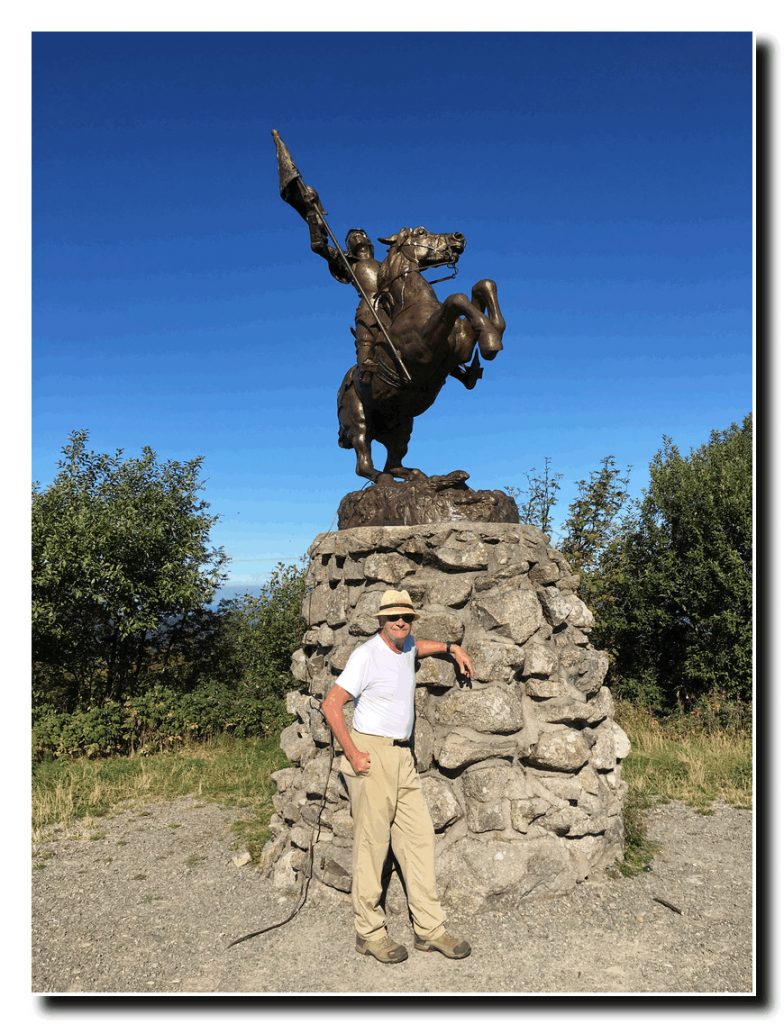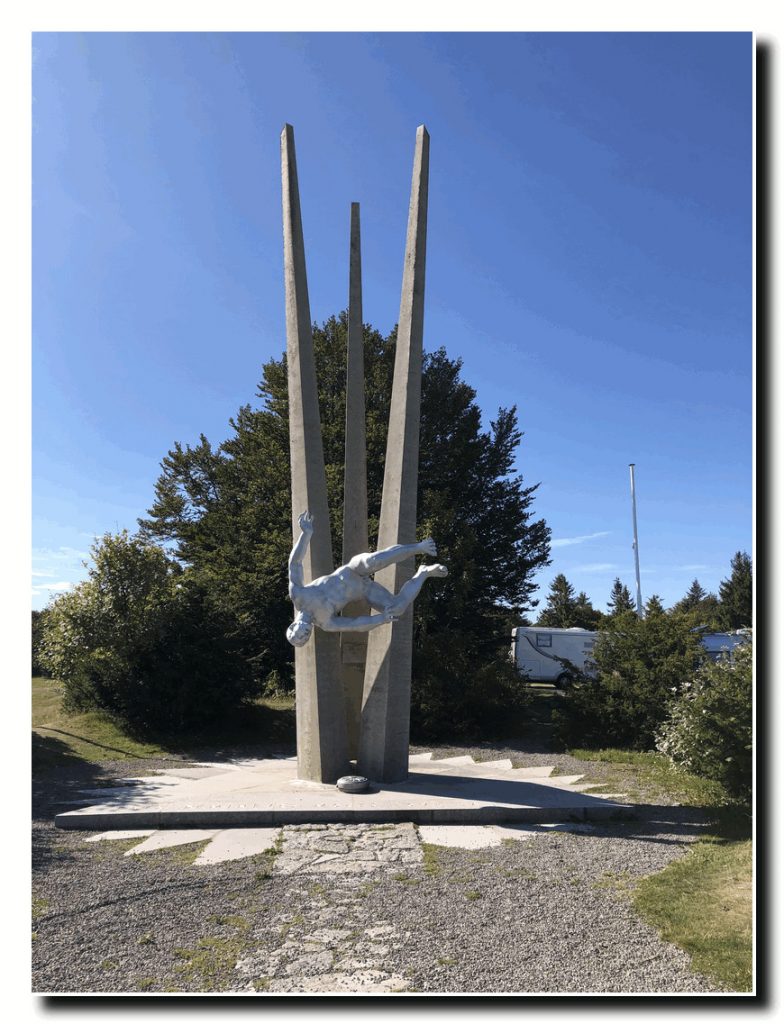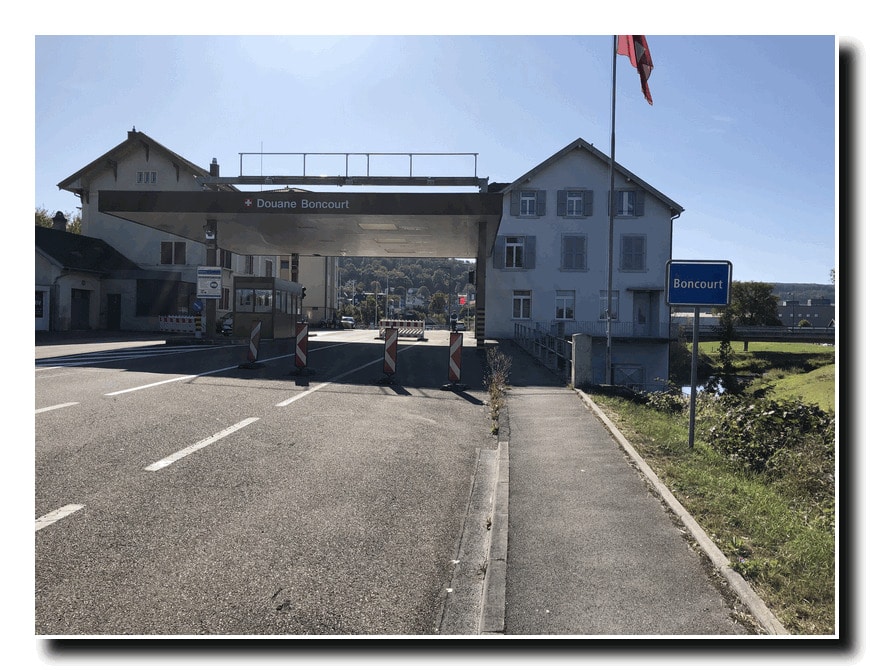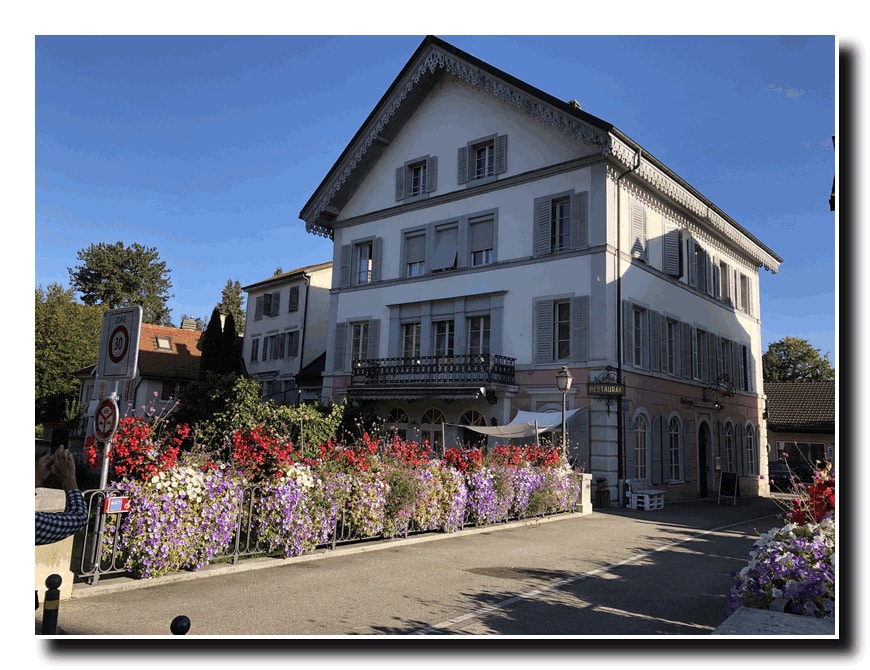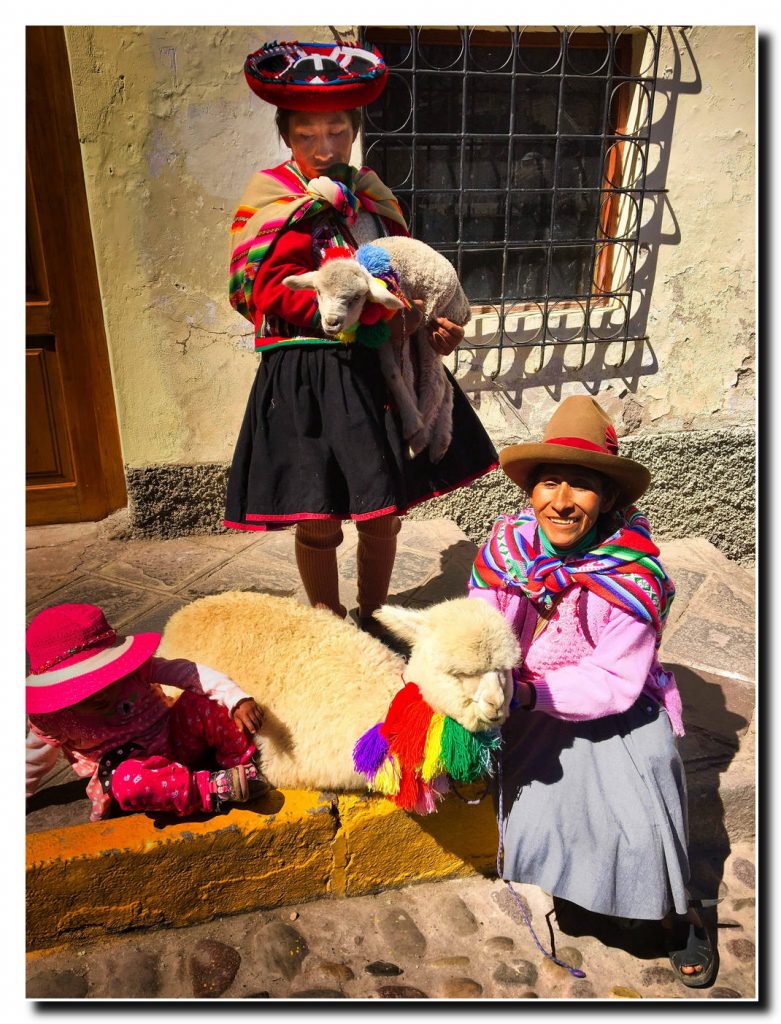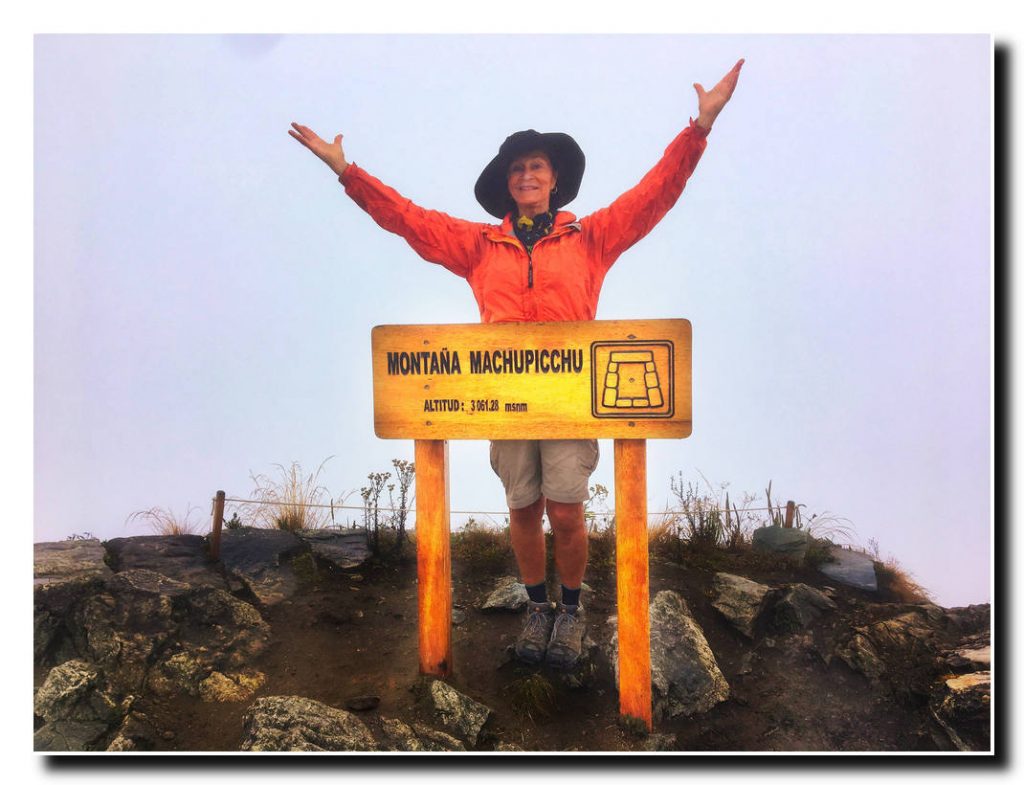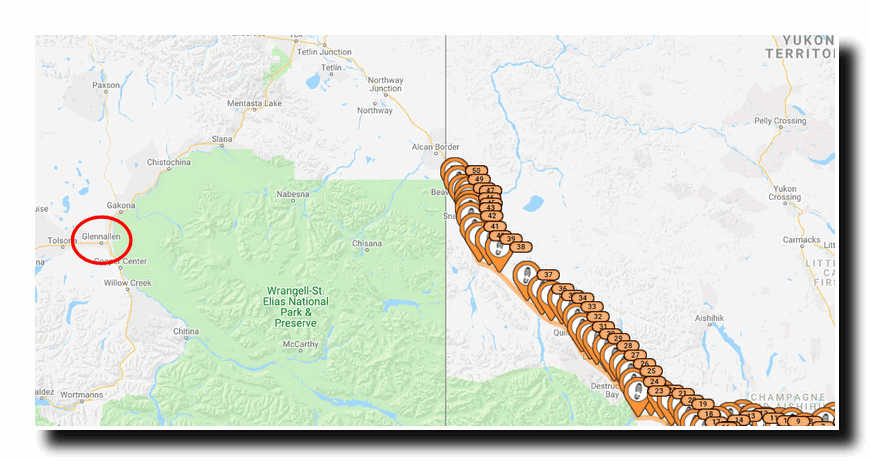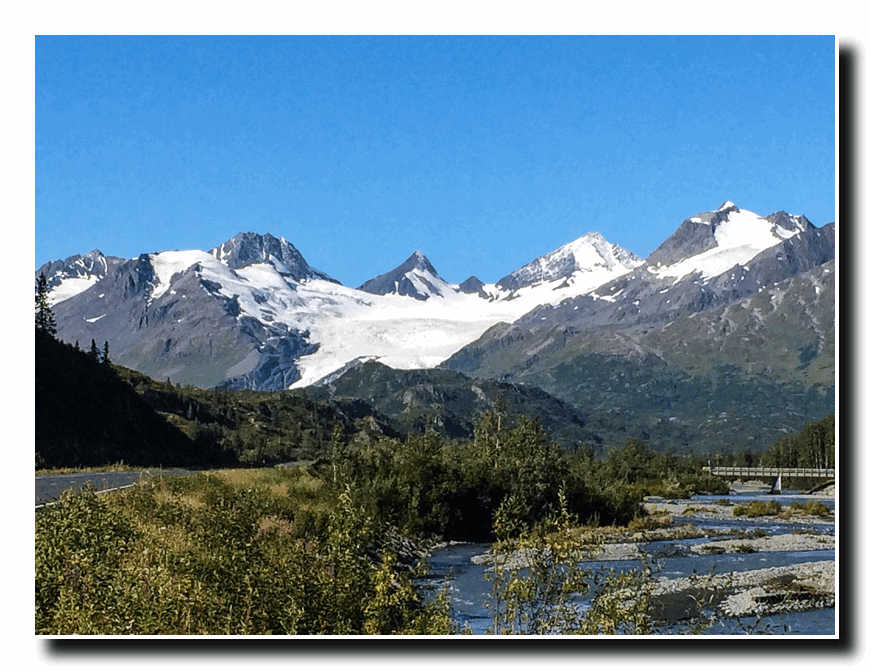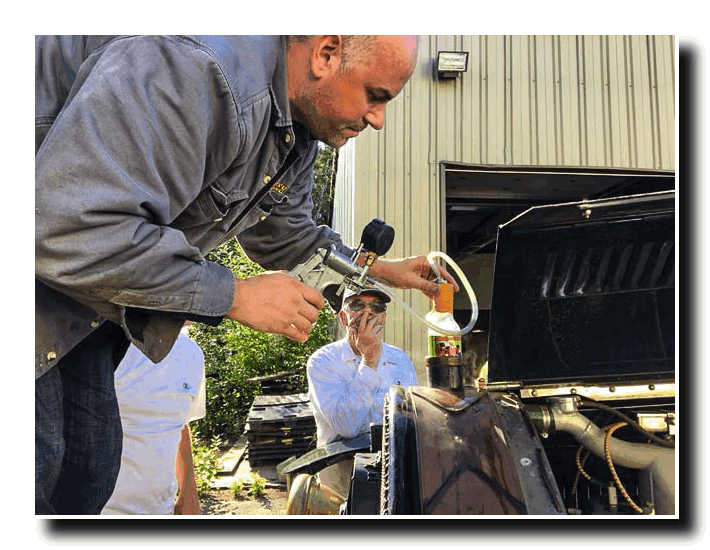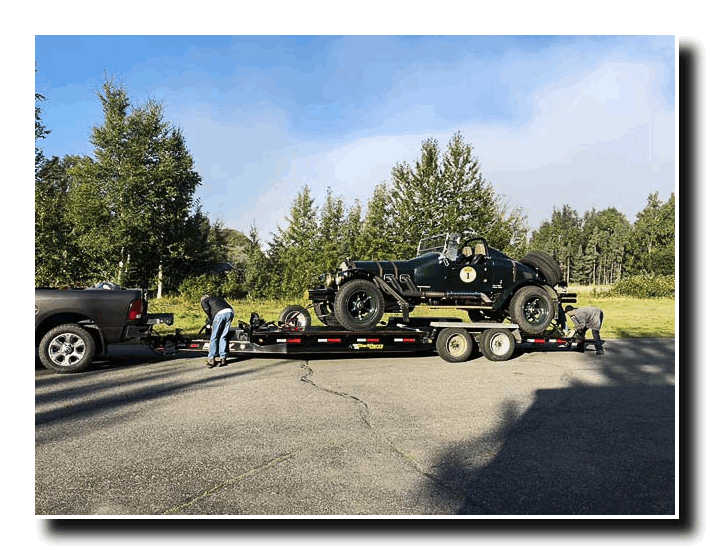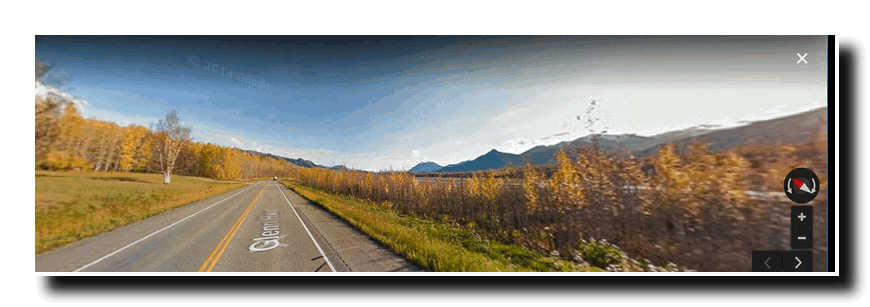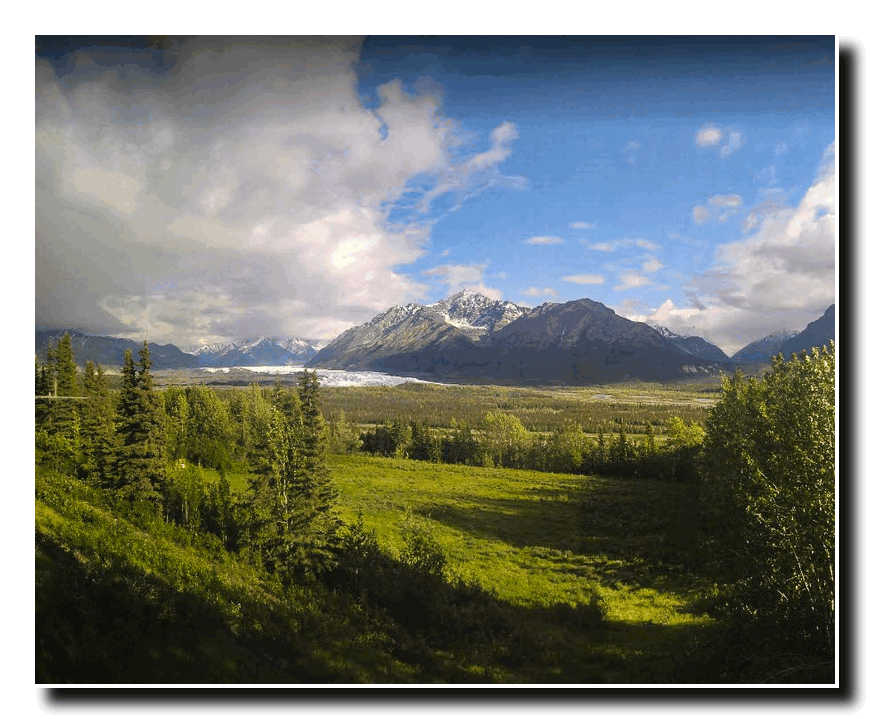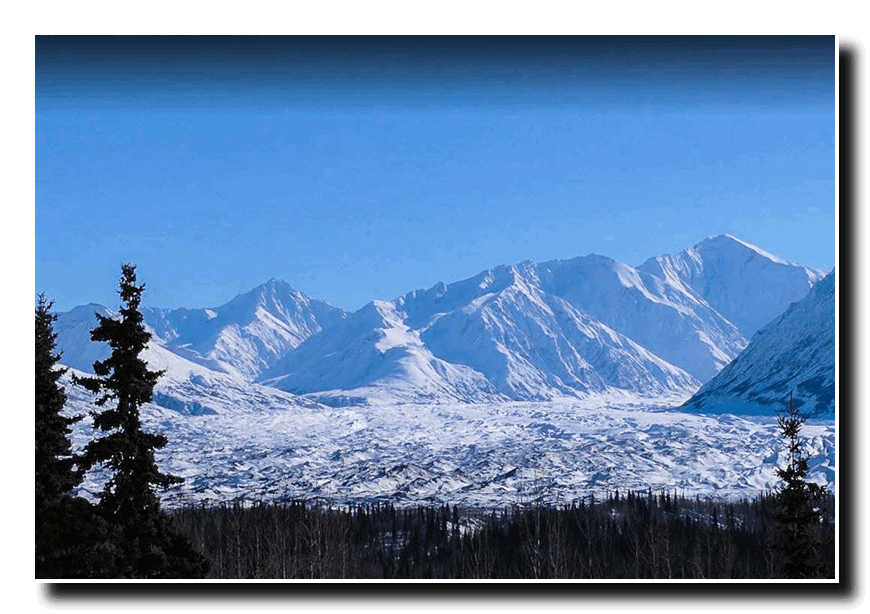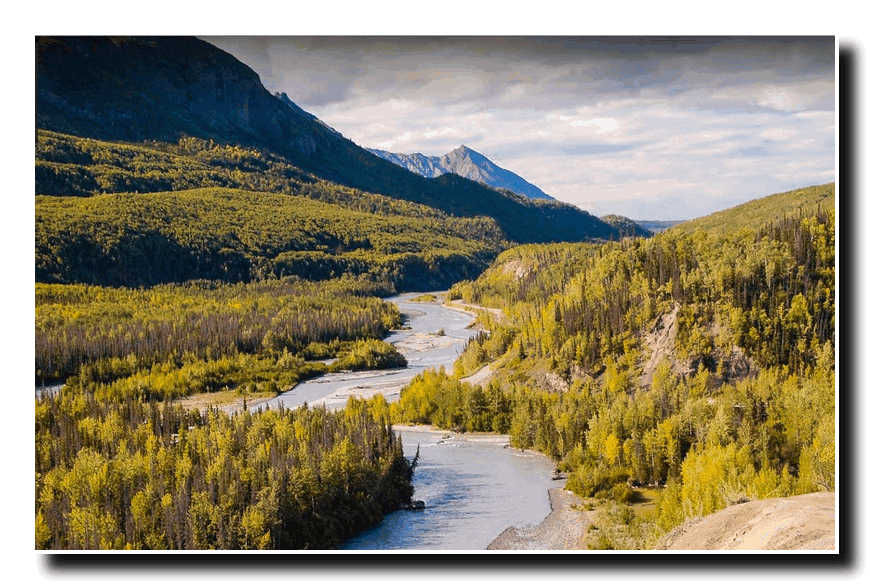
In late September, we drove to Colorado with the ALF #4 (or the American LaFrance speedster) following close behind us. Well, the ALF was on our trailer. But the scenery and fall colors that we anticipated while driving the central Colorado mountain range did not disappoint.
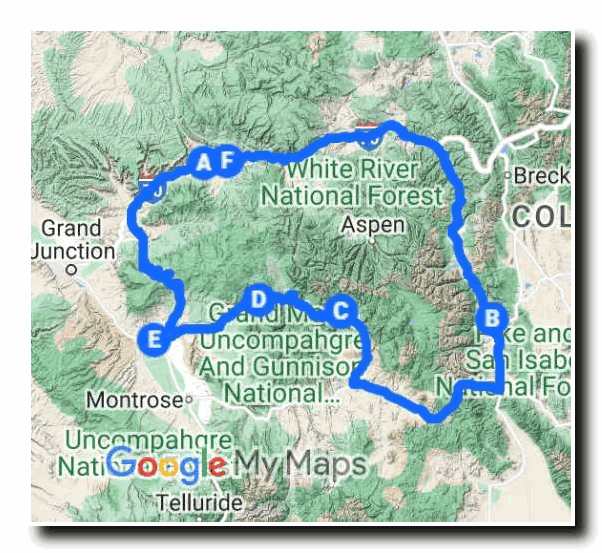
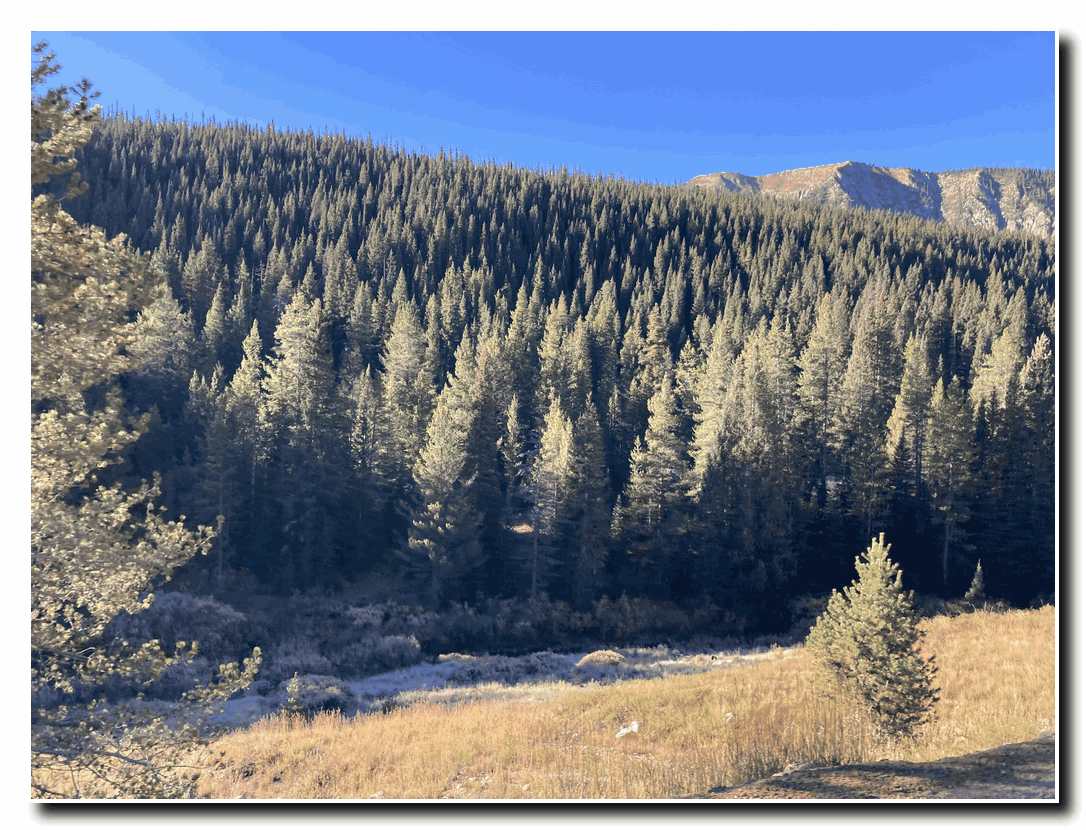
Starting at the famous World War II Camp Hale, Katherine and I chugged up the 10,000 foot Tennessee Pass on the continental divide and continued to Leadville. Then we drove along many backroads to Cottonwood Pass at 12,000 feet, and over Keebler Pass. What a journey it was. Here are some of our photos.
On the way back to our home-base in Washington State, we stopped at the Rangely, Colorado Automotive Museum to see our good friends Bud and Vicky Seigel, and also to check in on the ALF #1 which is a duplicate of the ALF #4. It resides at the antique car museum after its notable excursion in the Peking to Paris Race of 2016. Stop in to see it sometime.



